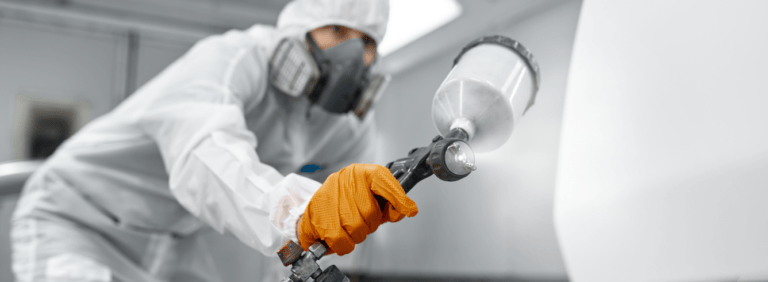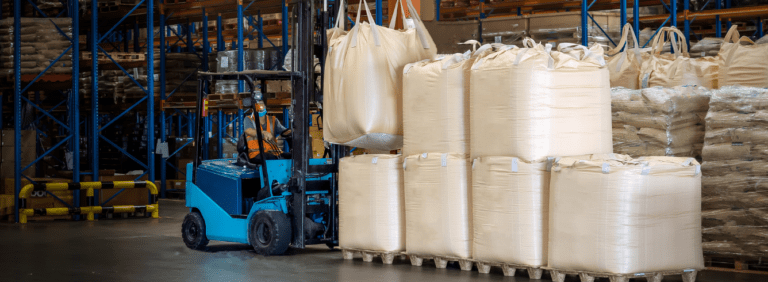Titanium dioxide has been approved for use in Europe for a century, with studies repeatedly showing no harmful effects to the public or workers.
Titanium dioxide (TiO2) is one of the most versatile compounds in the world and is found in an extraordinarily diverse range of products and technologies we see and use every day, including paint, plastics, cosmetics, sunscreens, glass, and even catalytic converters. Its varied properties mean it can be used in many ways, for example as a vibrant white colourant, to protect from UV radiation, and to reduce pollution.
It has been used safely for around 100 years in a staggering number of products. It has a history of regulatory approval, with thorough and continuous scientific assessment of its uses and production.
- TiO2 is derived from one of the most abundant natural materials on earth and its chemically stable state provides a base for its use in numerous applications.
- Several long-term studies on workers with regular exposure to titanium dioxide showed no harmful effects.
Is TiO2 safe for consumers?
TiO2 has been assessed for safety by a large number of regulatory authorities and has consistently been found safe for many of its intended applications.
Over the years, however, its omnipresence has led to questioning and research to determine whether it has any impact on our health, as well as any associated side effects linked to exposure. This concern is particularly the case in relation to its use within the food and cosmetic industries.
Sourced from one of the most common elements on earth, titanium dioxide (TiO2) has been confirmed by a large number of regulatory bodies to be an inert, and safe material.
Its vibrant white colour makes it an ideal substance for many of its uses. It is also safely used as a colourant, UV protectant and thickener in cosmetics, as there are low instances of allergy or intolerance associated with its consumption or application.
It is also approved for use in a variety of products and materials, including sunscreen, toothpaste and pharmaceuticals.
European Court rules that TiO2 is not hazardous
In a judgment delivered on 23 November 2022, the General Court of the European Union has ruled that titanium dioxide (TiO2) is not a category 2 carcinogen by inhalation in line with Regulation (EC) No 1272/2008 on classification and labelling. This judgment was related to the EU classification of 18 February 2020 of TiO2 in its powder form as a suspected carcinogen (category 2) by inhalation.
The principal reasons for the annulment were that an error had been made in the assessment of the reliability and acceptability of the study on which the classification was based, and that a classification can only apply to a substance that has the intrinsic property to cause cancer.
Is TiO2 production safe?
In nature, titanium is often associated with other common elements such as iron. Two methods are used to separate these substances to form pure TiO2: a sulphate process and a chloride process.
Similar production processes are used to manufacture titanium metals for the aerospace, medical, shipbuilding and construction industries. As with all chemical processes, they are subject to stringent environmental laws and both TiO2 production methods employ and adhere to stringent health, safety and handling standards.
The manufacture of TiO2 is optimised to recycle or reuse raw materials. Typically, chlorine and sulphuric acid are recycled and iron is converted into valuable co-products.
TiO2 production is regulated via EU-wide standards, including the Seveso Directive, and leading producers in Europe also adhere to Responsible Care® principles.
Both Seveso and Responsible Care® help ensure sustainable production and improvements to how TiO2 is manufactured. Life Cycle Assessment has been carried out to measure the environmental impact of manufacturing titanium dioxide.
Find out more about the sustainability measures.
Is TiO2 safe for workers?
Current evidence shows that workers at TiO2 manufacturing plants such as those in the EU, which follow standard occupational health and safety requirements, should not be concerned about TiO2 exposure.
In addition to national bodies, which monitor the substances being used in their respective countries, the European Union’s REACH legislation monitors the safety of all chemicals being used. This requires industries to assess any hazards and manage any potential risks related to those substances.
In its registration of TiO2 under REACH, the industry gathered and assessed available scientific data on TiO2 and determined that there was no evidence of hazard according to REACH evaluation criteria.
TiO2 production is carefully managed by the industry. Producers take all necessary measures to comply with EU and member state laws and regulations for the safe handling of materials used in the manufacturing of TiO2.
Moreover, TiO2 has been commercially available for around 100 years. Over this period, extensive studies of workers in the TiO2 manufacturing industry have found no evidence of an increased risk of cancer.
Four large epidemiology studies in North America and Europe, involving more than 24 000 workers in the TiO2 manufacturing industry, indicated no increased risk of cancer or other adverse effects from exposure to TiO2.
Is TiO2 safe in food?
Titanium dioxide is used in food as the colourant E171. In decades of use as a food colourant, no verifiable link has ever been shown between general intake of E171 and harm to human health. However, the European Commission withdrew the approval for the use of E171 in food in the EU on 18 January 2022. Learn more about the use and safety of E171.
Conclusion
With a legacy of around 100 years of safe production and safe commercial use across a vast number of industries, TiO2 has brought major benefits to society, with no harmful effects on people or the environment.
Long-term studies have shown that the consumption, usage and production of TiO2 do not harm human beings and many regulatory bodies have determined it is non-toxic and non-carcinogenic to humans.





